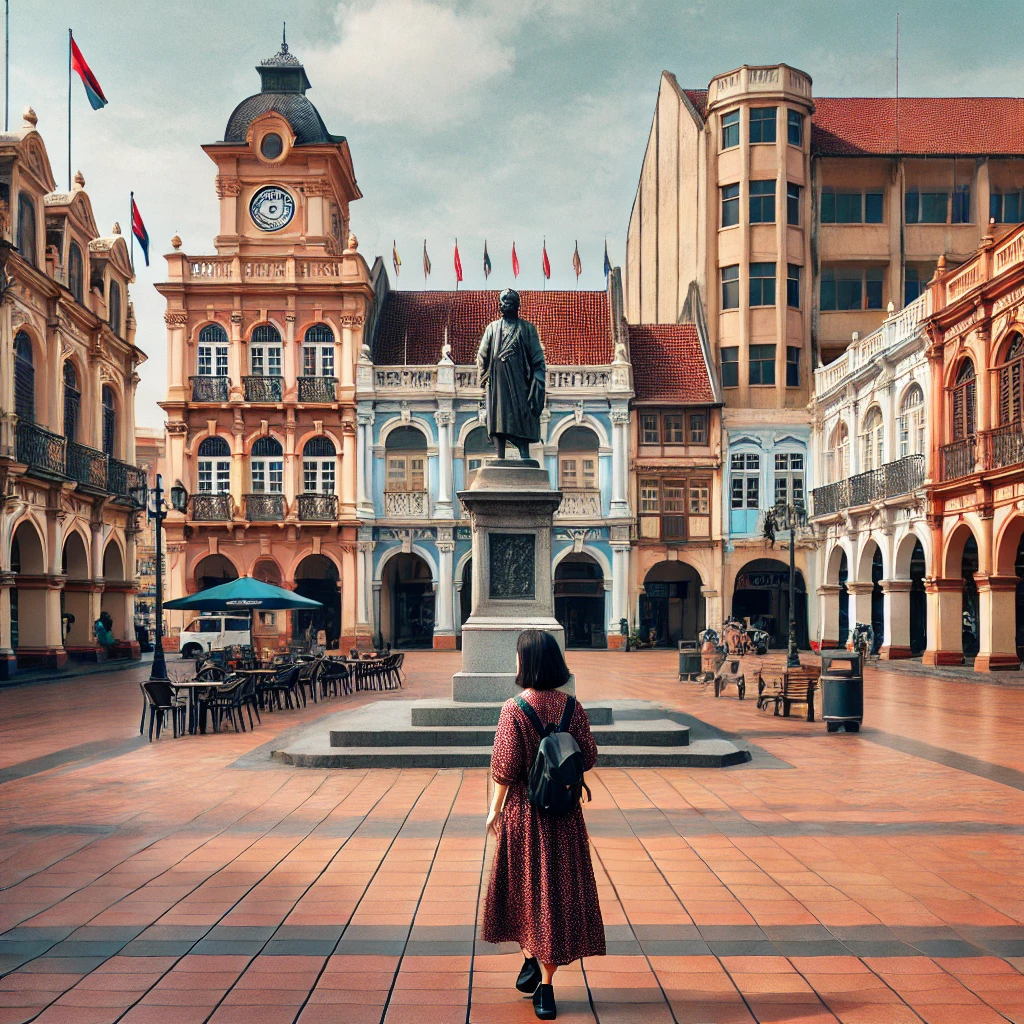ChatGPT:
Burgos, Spain: Origin, History, and Development
Origin and Foundation
Burgos, located in the autonomous community of Castile and León in northern Spain, was founded in 884 CE by Count Diego Rodríguez Porcelos under the orders of King Alfonso III of Asturias. It was established as a defensive outpost against Muslim incursions during the Reconquista, part of a network of fortified settlements in the region. The city’s name likely derives from the Gothic word baurgs, meaning “fortress” or “stronghold.”
Medieval Development
Burgos quickly became a key center for the emerging Kingdom of Castile. By the 10th and 11th centuries, it had grown into a strategic and economic hub due to its location on the Way of St. James (Camino de Santiago), a major pilgrimage route leading to Santiago de Compostela. The influx of pilgrims brought commerce and wealth, fostering the city’s development.
During the 11th century, Burgos gained prominence as the capital of the Kingdom of Castile under Ferdinand I. It also became the burial place of El Cid (Rodrigo Díaz de Vivar), a legendary Castilian nobleman and military leader whose exploits in the Reconquista have immortalized him in Spanish culture.
Economic and Cultural Flourishing
The Middle Ages saw Burgos flourish as a trade center, particularly for wool and textiles, which were exported across Europe. Its merchants and noble families amassed wealth, which they invested in constructing grand edifices. The Burgos Cathedral, a masterpiece of Gothic architecture begun in 1221, symbolizes this era of prosperity and cultural advancement. It remains one of Spain’s most iconic religious buildings and a UNESCO World Heritage Site.
Decline and Transformation
Burgos’s economic power waned in the late Middle Ages and early modern period due to shifts in trade routes and political centralization in Madrid. However, it retained strategic importance during the Peninsular War (1808–1814), when it was occupied by Napoleonic forces and suffered significant damage.
The 19th and early 20th centuries saw Burgos evolve into a regional administrative and military center. Its historical role as a stronghold was echoed during the Spanish Civil War (1936–1939), when it briefly served as the headquarters of General Francisco Franco’s Nationalist government.
Modern Burgos
Today, Burgos is a vibrant city known for its rich cultural heritage and historical landmarks. Its economy blends traditional industries like agriculture and food production with modern sectors, including renewable energy and tourism.
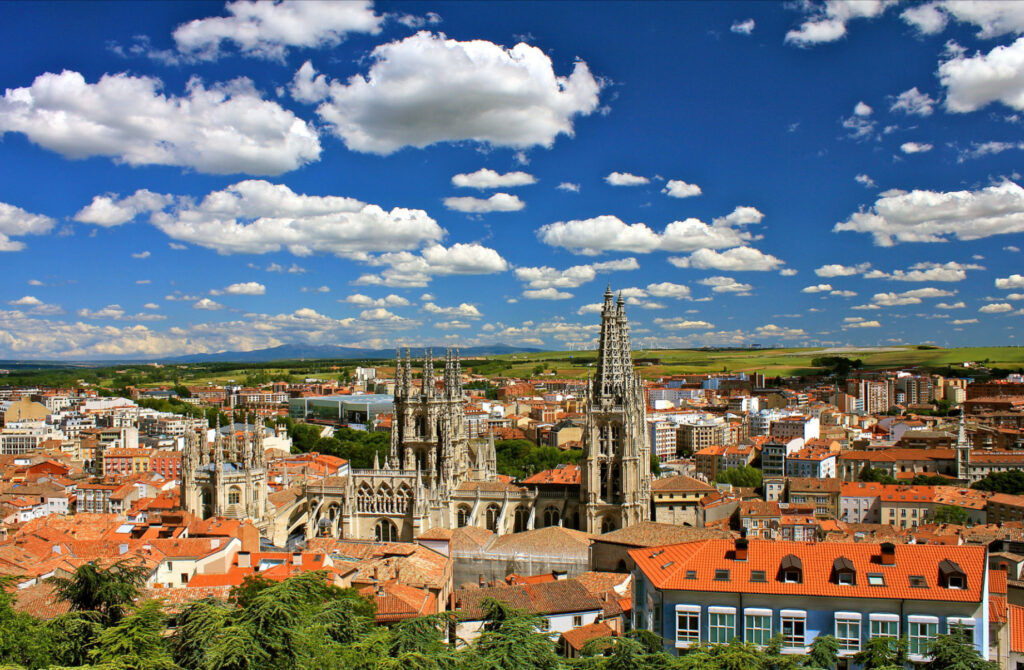
Burgos became a prominent trade center for wool and textiles during the Middle Ages due to its strategic location, economic policies, and connections to European markets. The city’s rise as a hub for this industry was shaped by several key factors:
1. Strategic Location on the Camino de Santiago
Burgos was situated along the Way of St. James (Camino de Santiago), one of the most significant pilgrimage routes in medieval Europe. The constant flow of pilgrims brought not only spiritual activity but also commerce and trade opportunities. Pilgrims and merchants passing through the city contributed to a vibrant local economy, creating demand for goods and facilitating the exchange of ideas and products, including wool.
2. Access to Raw Materials
The surrounding region of Castile and León was well-suited for sheep farming, thanks to its expansive grasslands. The Mesta, a powerful guild of shepherds established in the 13th century, managed large-scale sheep herding and ensured a steady supply of high-quality merino wool, which was highly prized across Europe.
3. Burgos’s Role in Wool Trade Networks
Burgos developed as a key node in the export of raw wool to northern Europe, particularly the Low Countries (modern Belgium and the Netherlands) and England. These regions were renowned for their advanced textile industries, and Burgos served as the primary supplier of the raw material.
To facilitate this trade, merchants in Burgos used the northern ports of Santander and Bilbao, where wool was shipped to major textile centers like Bruges, Ghent, and London. This maritime connection positioned Burgos as a vital intermediary in the wool trade.
4. Merchant Class and Economic Policies
A burgeoning class of wealthy merchants emerged in Burgos, many of whom specialized in wool trade. These merchants established influential trade networks across Europe, solidifying the city’s economic importance. The Crown of Castile also granted privileges to merchants in Burgos, including tax exemptions and legal protections, encouraging trade activity.
The Consulado de Burgos, a merchants’ guild founded in the 15th century, played a pivotal role in regulating trade, resolving disputes, and representing Burgos merchants in international markets. It became one of the most powerful merchant institutions in Spain and further elevated the city’s economic stature.
5. Development of Textiles and Local Economy
While much of the wool was exported raw, Burgos also supported a growing textile production industry. Local weavers produced cloth for domestic use and trade, contributing to the city’s wealth. The presence of skilled artisans and workshops added value to the wool trade, ensuring that Burgos profited from both the export of raw materials and finished products.
6. Religious Influence
Burgos’s prominence as a religious center, exemplified by its Gothic cathedral and other monasteries, further boosted its economic activity. These institutions often acted as patrons of the wool trade, investing in sheep farming and textiles to generate revenue for their operations.
Legacy
By the late Middle Ages, Burgos had established itself as one of the most important trade centers in Europe for wool and textiles. Its merchants were pivotal in connecting the agricultural wealth of Castile with the industrial expertise of northern Europe, creating a thriving economy that shaped the city’s development for centuries.
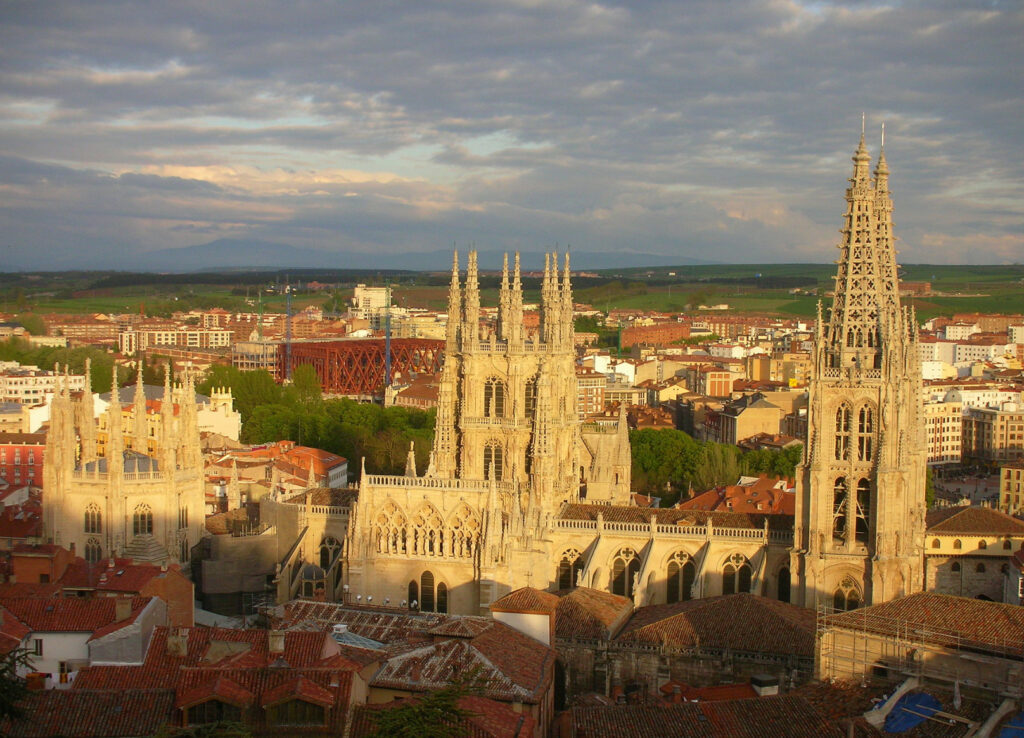
Burgos is rich in historical monuments and tourist attractions that reflect its medieval heritage, religious significance, and architectural splendor. Here’s a comprehensive list:
1. Burgos Cathedral (Catedral de Santa María)
• A UNESCO World Heritage Site, this 13th-century Gothic masterpiece is one of Spain’s most iconic cathedrals. Highlights include its intricate spires, the Chapel of the Constables, and the tomb of El Cid and his wife, Doña Jimena.
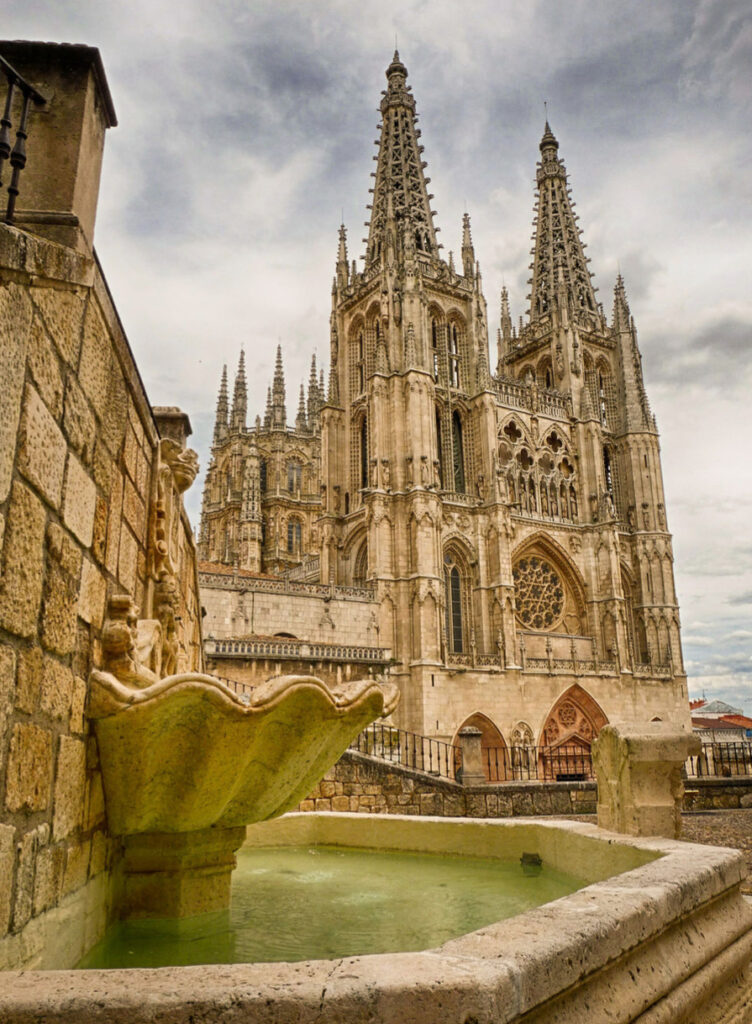
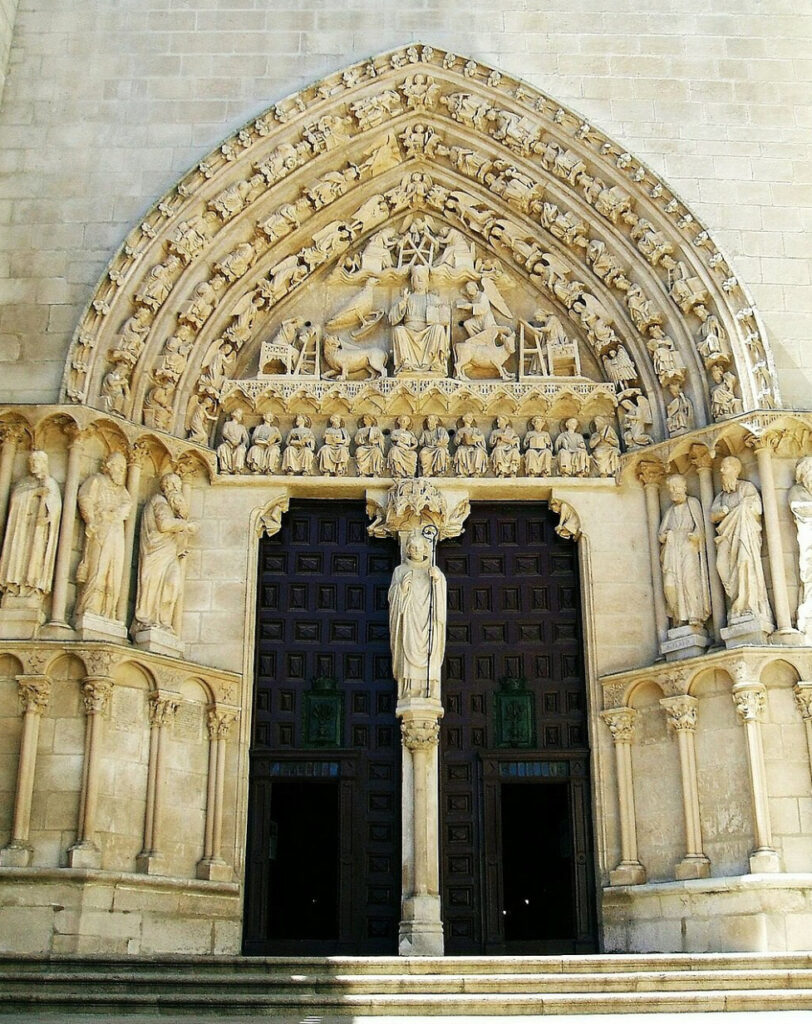
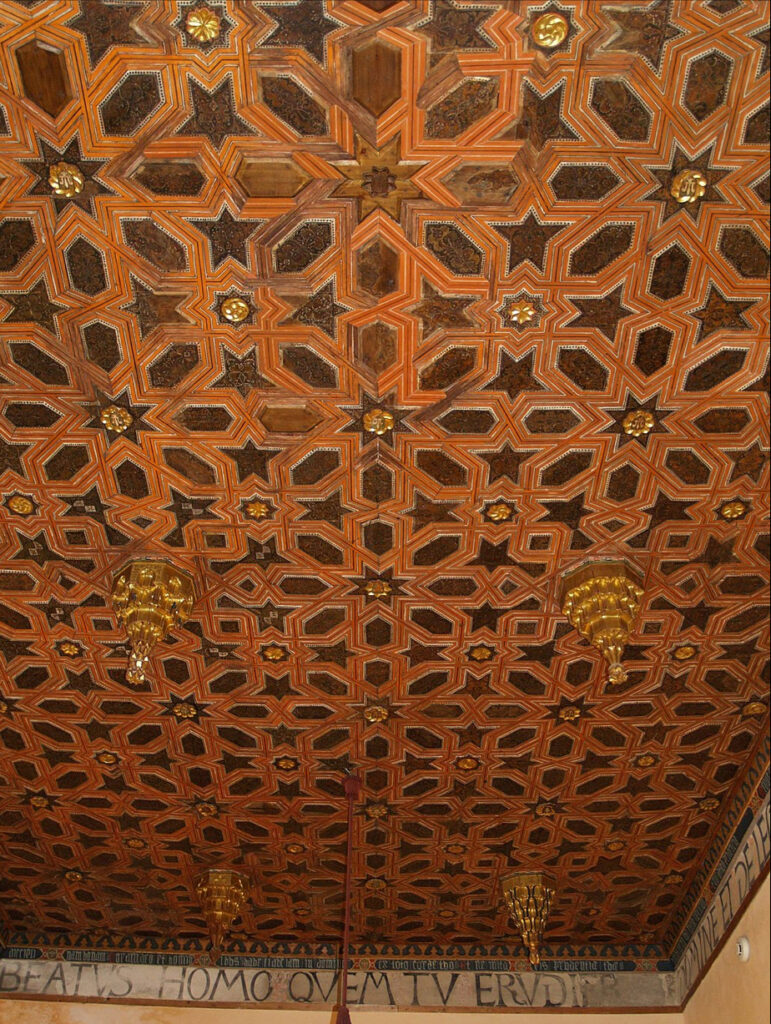
2. Monasterio de las Huelgas
• A 12th-century royal monastery founded by Alfonso VIII and Queen Eleanor of England. It features a mix of Romanesque, Gothic, and Mudéjar architectural styles and houses the tombs of Castilian royalty.
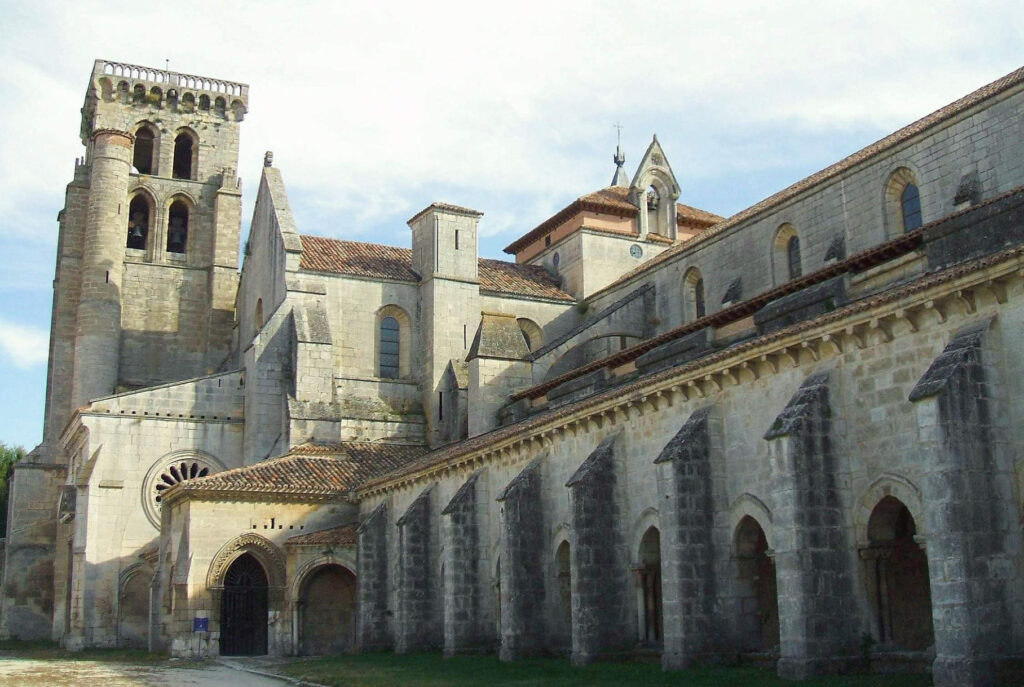
3. Cartuja de Miraflores
• A Carthusian monastery located just outside Burgos. Known for its serene atmosphere, it contains the tombs of King John II of Castile and Queen Isabella of Portugal, with exquisite sculptures by Gil de Siloé.
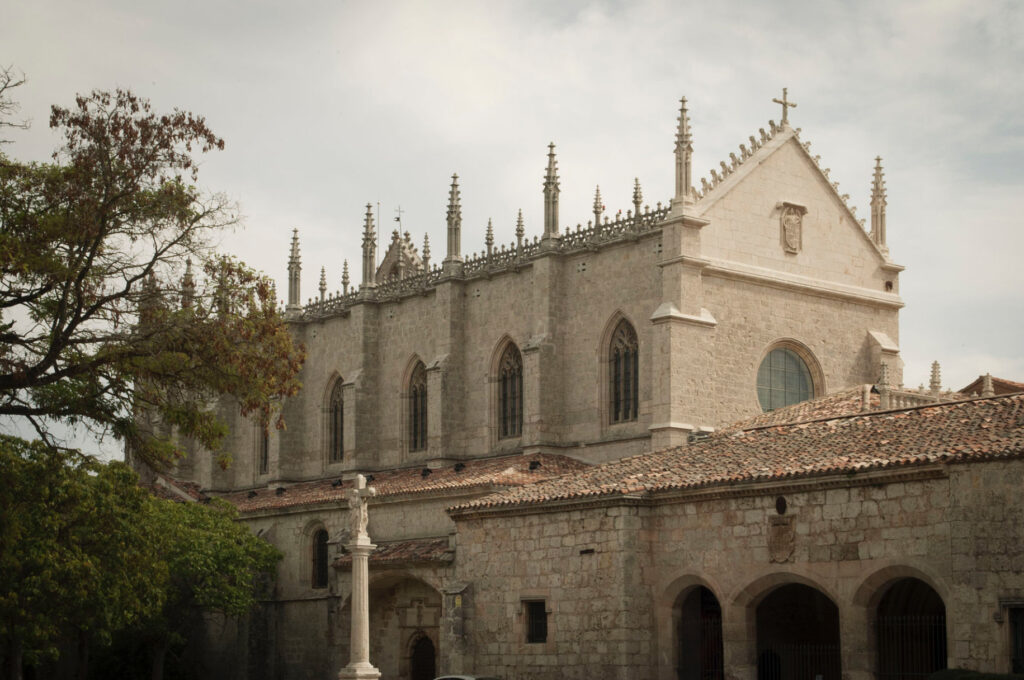
4. Arco de Santa María
• A monumental 16th-century gateway to the old town, built to honor Emperor Charles V. The gateway features statues of historical figures like El Cid and Ferdinand III.
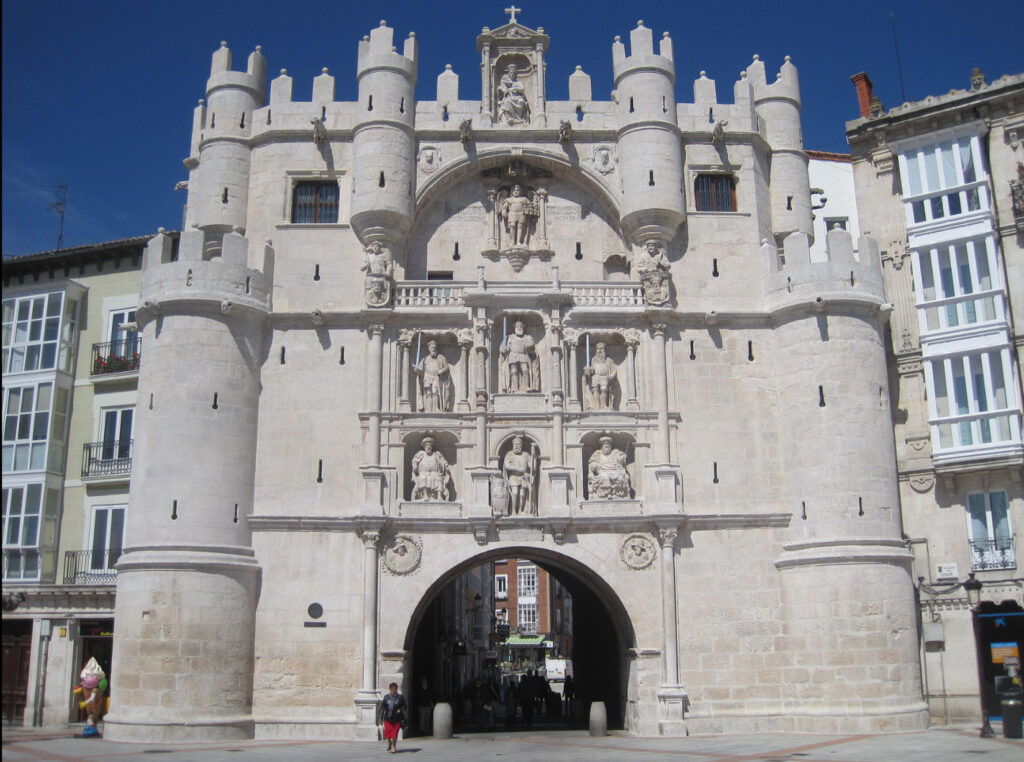
5. Castillo de Burgos
• The ruins of a medieval castle perched on a hill overlooking the city. It offers stunning panoramic views and an insight into Burgos’s defensive history.
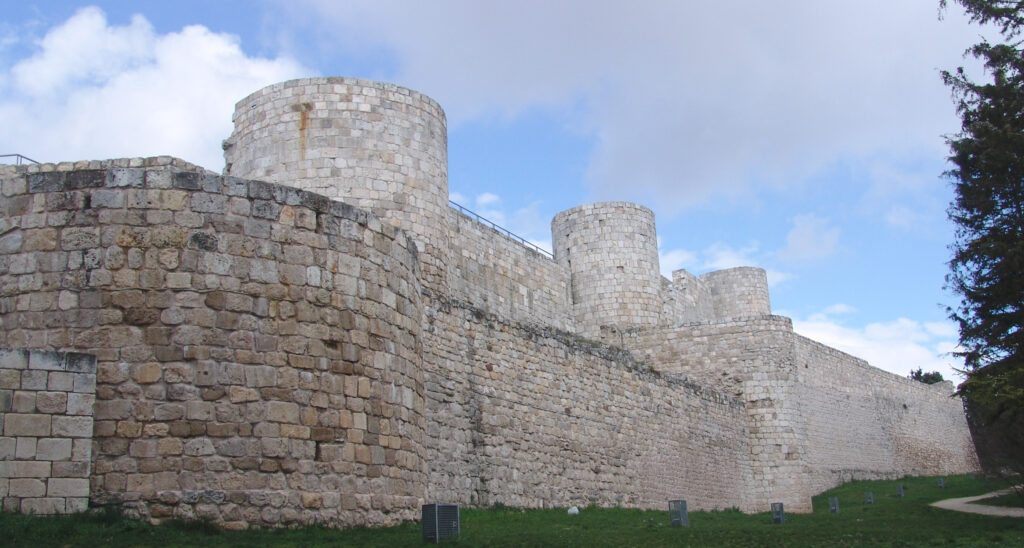
6. Museum of Human Evolution (Museo de la Evolución Humana)
• A modern museum dedicated to the nearby Atapuerca archaeological site, where some of the oldest human remains in Europe were discovered. The museum provides a fascinating journey through human prehistory.
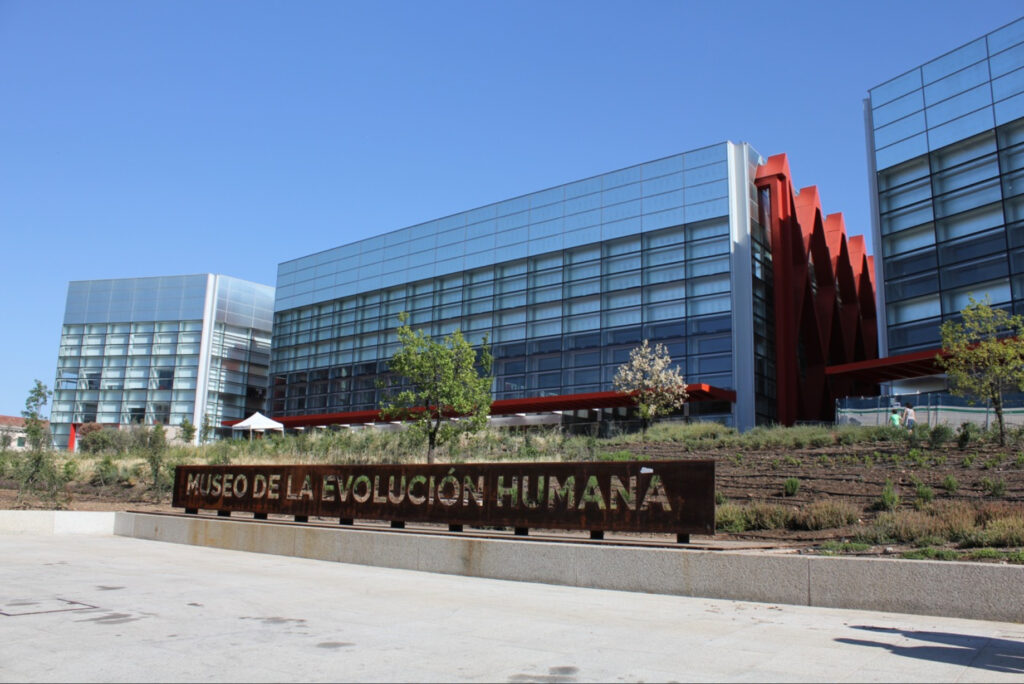
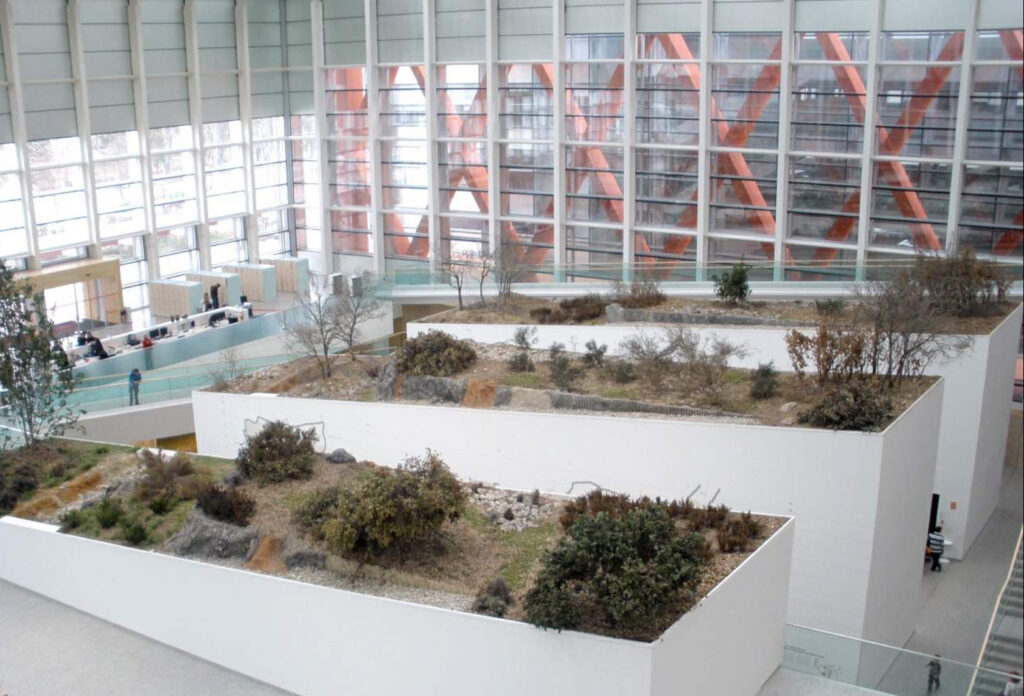
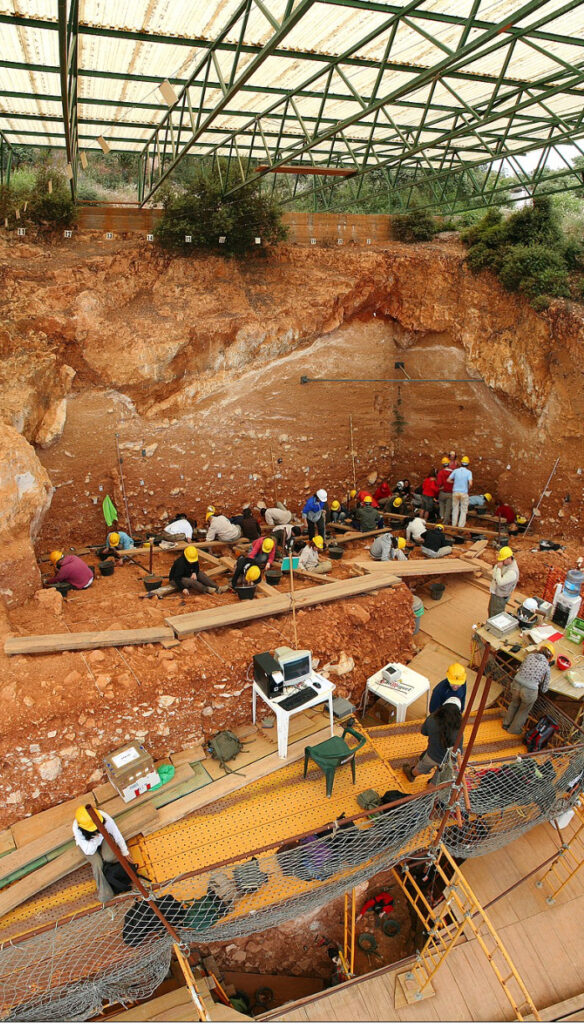
7. Paseo del Espolón
• A scenic riverside promenade lined with trees, statues, and cafes. It’s a popular spot for both locals and tourists to relax and enjoy the atmosphere.
8. Plaza Mayor
• The central square of Burgos, surrounded by colorful historic buildings and lively cafes. A hub of activity in the city.
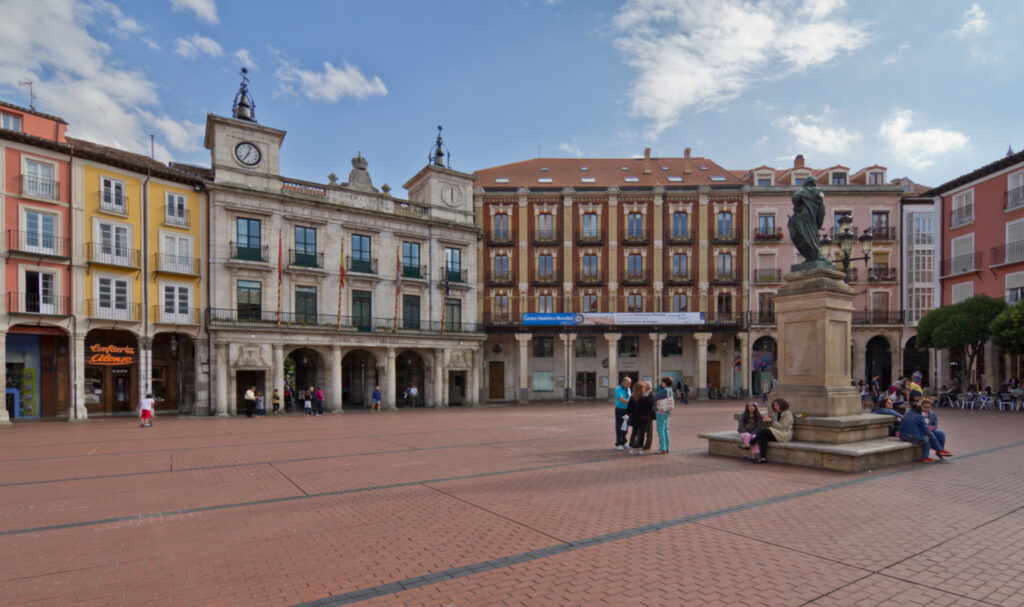
9. San Nicolás de Bari Church
• A small but remarkable 15th-century church known for its stunning Renaissance altarpiece, intricately carved from stone.
10. Iglesia de San Lesmes
• A Gothic church dedicated to Saint Lesmes, the patron saint of Burgos. It features a beautiful cloister and houses relics of the saint.
11. Casa del Cordón
• A 15th-century palace that once hosted monarchs like Ferdinand and Isabella. It is famous for the cord motif on its facade and its historical significance as the site of Columbus’s meeting with the monarchs after his voyages.
12. Atapuerca Archaeological Site
• Located about 15 kilometers from Burgos, this UNESCO-listed site contains some of the earliest known evidence of human occupation in Europe.
13. Puente de San Pablo
• A historic bridge adorned with statues of El Cid and other figures from his life, crossing the Arlanzón River.
14. Iglesia de Santa María la Real y Antigua de Gamonal
• An ancient church dating back to the 12th century, notable for its Romanesque and Gothic architecture.
15. Provincial Archaeological Museum
• Housed in a historic building, this museum showcases artifacts from prehistoric times to the Middle Ages, with a focus on Burgos’s history.
These landmarks highlight Burgos’s historical, architectural, and cultural significance, making it a must-visit destination in northern Spain.
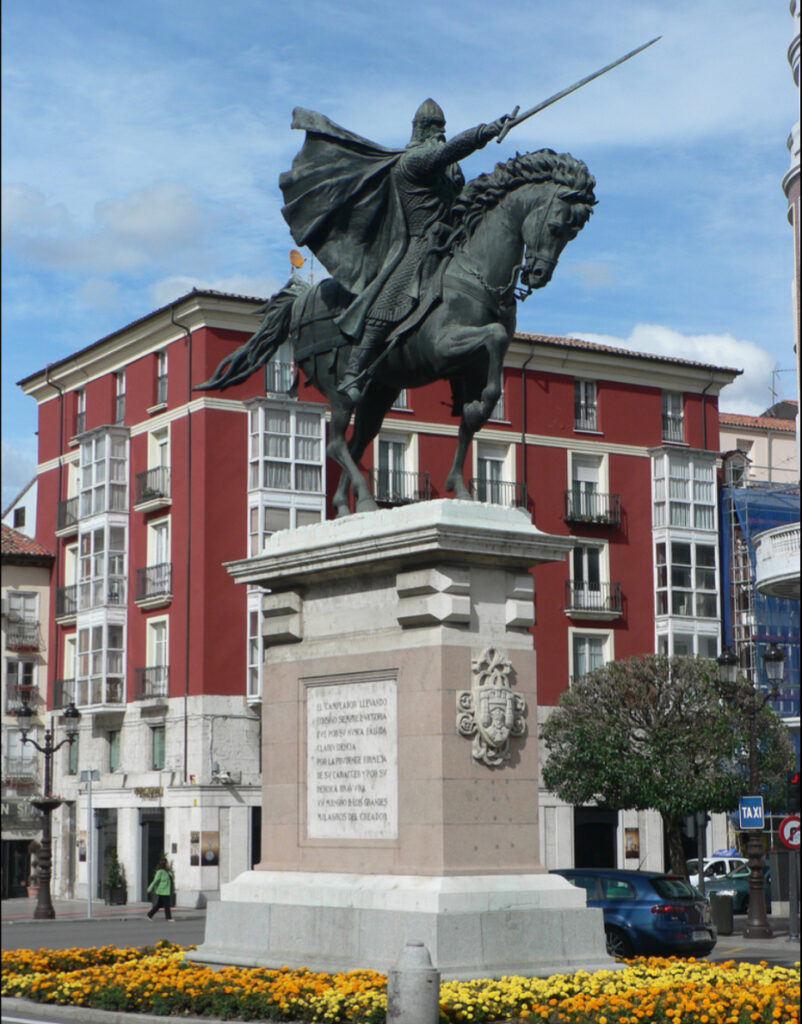
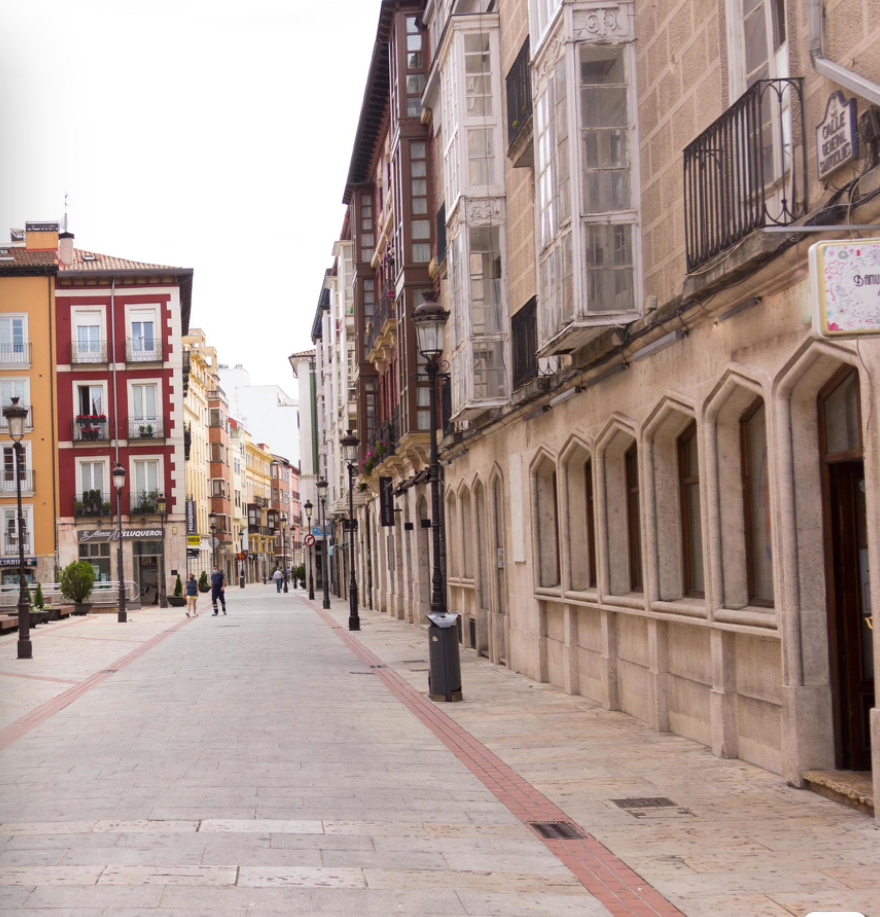
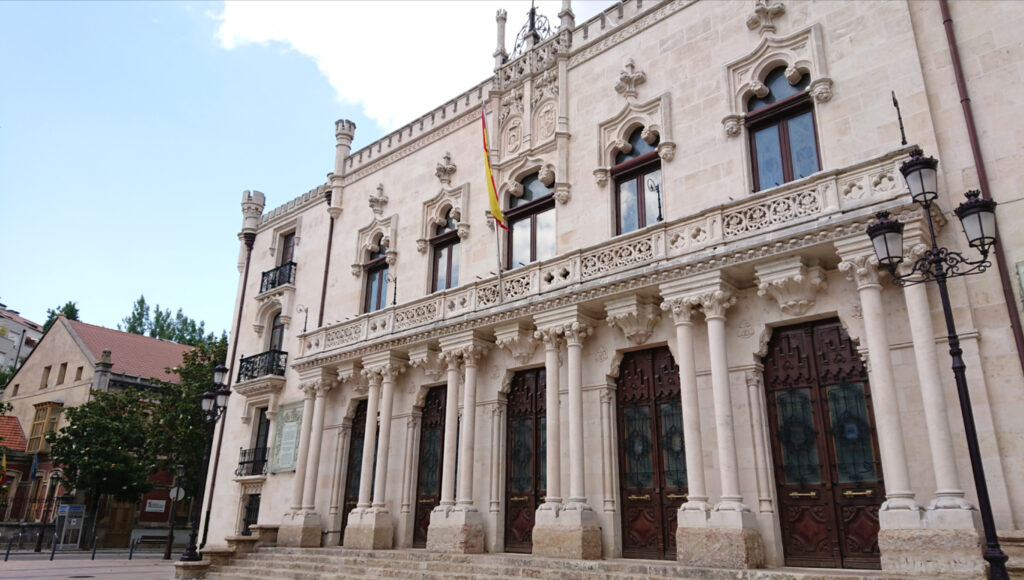
One-Day Itinerary for Burgos: Major Monuments and Local Food
This itinerary combines Burgos’s must-see historical monuments with an exploration of its delicious local cuisine.
Morning
9:00 AM – Burgos Cathedral (Catedral de Santa María)
• Start your day at the iconic Gothic cathedral, a UNESCO World Heritage Site. Explore its intricate architecture, visit the tomb of El Cid, and marvel at the Chapel of the Constables.
• Estimated time: 1.5–2 hours.
11:00 AM – Arco de Santa María and Paseo del Espolón
• Walk through the Arco de Santa María, a stunning 16th-century gateway leading to the old town.
• Stroll along the Paseo del Espolón, a picturesque riverside promenade lined with trees and statues, perfect for photos.
12:00 PM – San Nicolás de Bari Church
• Visit this nearby 15th-century church known for its intricately carved stone altarpiece.
• Estimated time: 30 minutes.
Lunch
1:00 PM – Local Food Experience at Casa Ojeda
• Enjoy a traditional Castilian lunch at Casa Ojeda, one of Burgos’s most famous restaurants.
• Must-try dishes:
• Morcilla de Burgos (black pudding made with rice and spices).
• Lechazo asado (roast lamb), a regional specialty cooked in a wood-fired oven.
• Pair with a glass of local Ribera del Duero wine.
Afternoon
2:30 PM – Monasterio de las Huelgas
• Visit this 12th-century royal monastery, which blends Romanesque, Gothic, and Mudéjar styles. See the royal tombs and learn about its significance in Castilian history.
• Estimated time: 1.5 hours.
4:00 PM – Museum of Human Evolution
• Explore this modern museum dedicated to the discoveries from the Atapuerca archaeological site. It offers an engaging look at human prehistory and evolution.
• Estimated time: 1–1.5 hours.
Evening
5:30 PM – Cartuja de Miraflores
• Head to this serene Carthusian monastery located just outside the city. Admire the intricate tombs of King John II and Queen Isabella of Portugal, sculpted by Gil de Siloé.
• Estimated time: 1 hour.
7:00 PM – Plaza Mayor
• Return to the city center and enjoy the lively atmosphere of Plaza Mayor. Relax with a drink or light snack at a nearby café.
Dinner
8:00 PM – Traditional Tapas in Burgos Old Town
• End your day with a casual tapas dinner in the old town. Head to a local spot like La Favorita or El Morito.
• Recommended tapas:
• Queso de Burgos (soft cheese).
• Cochinillo (suckling pig).
• Croquettes, chorizo, and other regional delicacies.
This itinerary ensures you experience Burgos’s historical landmarks and savor its rich culinary traditions, making the most of your visit in just one day.
